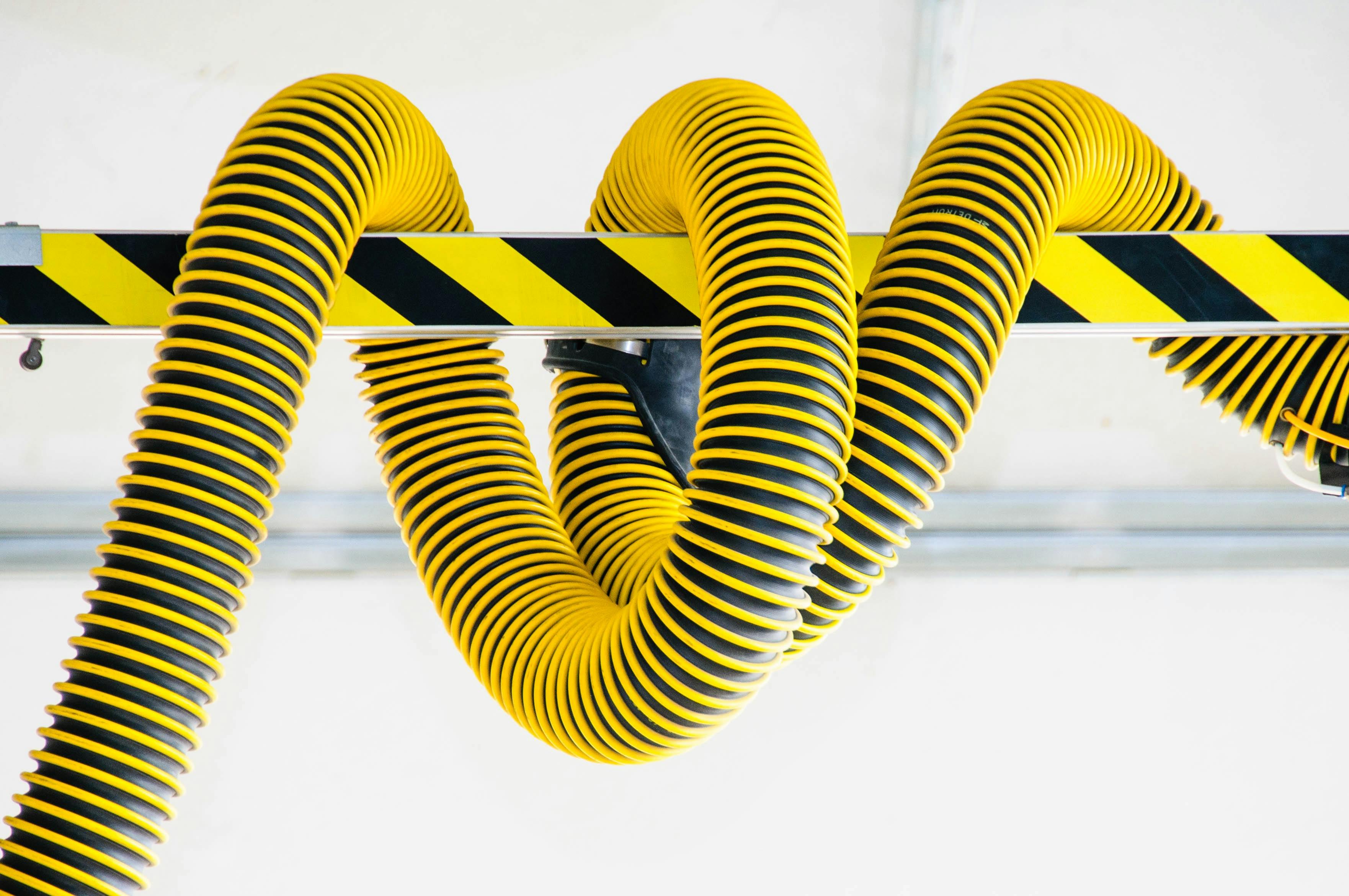Could you be suffering from allergic tension-fatigue syndrome?
As early as the 1930s it was theorized that constant or repeated exposure to an allergen exerted exhaustive stress on the body, including the immune system. Ultimately, this exposure has a negative effect on the body’s defenses, exposing it to disease and other medical complications. Additionally, these allergens can have a degenerative effect on energy levels resulting in chronic fatigue and other more serious health problems. According to the theory of allergic tension-fatigue syndrome, if you remove the allergen, you will alleviate not only the symptoms of the allergy, but also the underlying medical conditions caused by the loss of energy levels.
While there can always be many potential causes for various diseases or conditions, one of those causes can be undetected allergies. One of the most common causes of fatigue problems is allergies, but awareness of them can remain hidden for years. Eliminating the allergen may seem like a simple solution, but what if you can’t get away from the allergens? What if you can’t even identify them?
For most people, an allergic reaction means that you have breathed in, eaten, or touched something that causes your body to sneeze, cough, itch, swell, make your eyes water, and / or run your nose. . But allergies can also be the root cause of a wide range of ailments including, but not limited to:
> Gastrointestinal conditions such as indigestion, constipation, ulcers, etc.
> Headaches and migraines
> Back pain
> Arthritis, joint pain, restless leg syndrome, etc.
> Brain symptoms such as brain fog, depression, and attention deficit disorders
> Skin problems including rashes, boils, slow healing wounds, etc.
> Cardiac irregularities
Modern life assaults our bodies both from the outside and from within. We are exposed to chemicals in the air we breathe, the water we drink, and the food we eat.
Consider this. At the turn of the century, making bread only required whole grains, water, butter, baker’s yeast, and a little sweetener to help the yeast grow. Today, a modern loaf of bread can contain more than 100 different ingredients, including preservatives, dyes, insecticides, pesticides, and fungicides, as well as chemical residues from various packaging and cleaning procedures. These can sensitize an immune system and cause us to react negatively to many other substances.
Our bodies are still biologically programmed to reside in a much simpler environment. Is it any wonder that the number of people complaining of allergic reactions has increased dramatically? At the same time, traditional Western-style medical schools and magazines are expanding their definitions of allergies and recognizing that the immune system, when an attack is perceived, will respond in many different ways that lead to the ailments mentioned above.
In the Atlanta Journal-Constitution of September 19, 2002, an article was published on findings published in the New England Journal of Medicine that counter decades of conventional thinking regarding dust and allergies. Where dust was always thought to cause allergies and should therefore be avoided, a European study has shown that house dust actually helps protect children from hay fever or asthma. The same has been found for children exposed to pets at a young age.
The conventional diagnosis has been to expose the body to small, concentrated doses of potential allergens by injecting the substance under the skin. Areas that show swelling and itching indicate an allergic reaction. Treatment usually consists of a long series of “allergy shots” over a long period of time. Each injection contains trace amounts of the allergen and the theory is that the body will slowly build up a resistance.
Just as conventional thoughts about the cause and effects of allergies are being challenged and changed, so are allergy treatments. Today, there are several non-invasive, drug-free, and needle-free options for diagnosing and treating allergies that have provided relief for 10 out of 1,000 people. These techniques usually use a type of biofeedback mechanism to identify the allergen and then, in very simple general terms, use a pressure point and breath form to reset the body so that it does not react to the allergen. The best known of these is NAET, but there are many other non-invasive methods available.
If you suffer from chronic fatigue with no known cause, you may want to explore the possibility that you are suffering from allergic tension-fatigue syndrome and work to discover whether or not you have “hidden” allergies.
